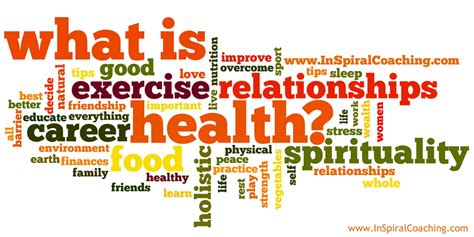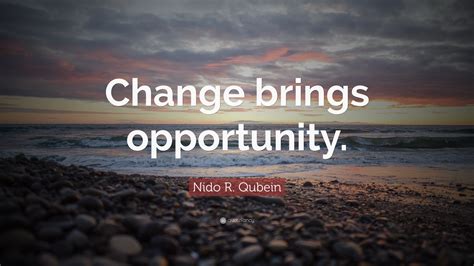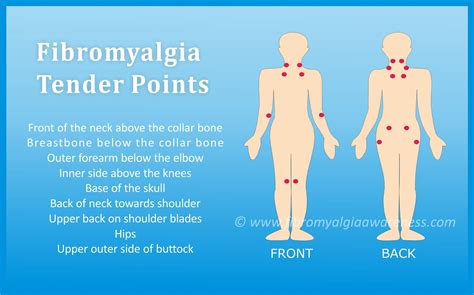
A Brand New Way of Thinking about Your Health

Proactive Health
Life Style is a Choice. But it’s not always an easy choice. Most people are working so many hours that they feel stressed. They don’t spend enough time outside, having fun, or exercising because they are tired. In relationship to food, much of our maketing is aimed at pushing us to make unhealthy choices. For example, we hear eat vegetables and lean meat, but the grocery stores are filled with sodas and processed food with who knows what is inside. We hear it’s important to make friends for healthy relationships. What if you are an introverted person? Or facing mental and emotional challenges and there are no resources available? Our choices may seem to have limited answers.
As a Craniosacral Therapist and Healer for about 30 years, I have worked with many people. I listen. Often people blame themselves for ending up not feeling well. I have noticed this with women in particular. But honestly the society we live in contributes to making the choosing confusing. So many mixed up messages.
I believe it’s important to first acknowledge where you are right now in your health journey. Accept yourself as you are with some compassion by going to your heart. Next, take some time to consider the changes you want to make. Being with your own Truth is a Powerful Beginning. Self Awareness helps us to make proactive choices in our own best interests.
The next and most important key in my opinion is to get to know yourself. We are complex human beings. We have conscious thoughts and we also have patterns steeped in shadow. It’s important to take the time to get a sense of your own sense of power and core abilitites. That’s where you can start to make internal changes which are long-lasting.
Set your intention for proactive and positive health. Once this is clear. take action:
1. Set up health goals
2. Meditate to awaken self awareness
3. Choose someone to help you find deeper clarity and a health sense of Self.
4. Become friendly with your own body.
5. Find healthy activities which you enjoy, and do them! Start small but stop make excuses.
6. Prioritize your health because nobody else can do it better than you!
7. Reach in to find your deeper resources, and then reach out to connect with others in your own comfort zone.
It’s best to be proactive about your health. Also, it’s never too late. Ultimately only you can make the choices to return you back to your center and healthy embodiment.
Breathe and be the best you can be. That is enough!
Sharon Hartnett CST-D
703 509-1792
www.craniosacraltherapistcolumbus.com
6797 N. High #333 Worthington, Ohio 43085




